Testing Methodology
The OS we use is Windows 8 Pro 64bit with all patches and updates applied. We also use the latest drivers available for the motherboard and any devices attached to the computer. We do not disable background tasks or tweak the OS or system in any way. We turn off drive indexing and daily defragging. We also turn off Prefetch and Superfetch. This is not an attempt to produce bigger benchmark numbers. Drive indexing and defragging can interfere with testing and produce confusing numbers. If a test were to be run while a drive was being indexed or defragged, and then the same test was later run when these processes were off, the two results would be contradictory and erroneous. As we cannot control when defragging and indexing occur precisely enough to guarantee that they won’t interfere with testing, we opt to disable the features entirely.
Prefetch tries to predict what users will load the next time they boot the machine by caching the relevant files and storing them for later use. We want to learn how the program runs without any of the files being cached, and we disable it so that each test run we do not have to clear pre-fetch to get accurate numbers. Lastly we disable Superfetch. Superfetch loads often-used programs into the memory. It is one of the reasons that Windows Vista occupies so much memory. Vista fills the memory in an attempt to predict what users will load. Having one test run with files cached, and another test run with the files un-cached would result in inaccurate numbers. Again, since we can’t control its timings so precisely, it we turn it off. Because these four features can potentially interfere with benchmarking, and and are out of our control, we disable them. We do not disable anything else.
We ran each test a total of 3 times, and reported the average score from all three scores. Benchmark screenshots are of the median result. Anomalous results were discounted and the benchmarks were rerun.
Please note that due to new driver releases with performance improvements, we rebenched every card shown in the results section. The results here will be different than previous reviews due to the performance increases in drivers.
Test Rig
| Test Rig | |
| Case | Test Bench |
| CPUs | Intel XEON E5-2687W |
| Motherboards | ASUS Rampage IV Extreme |
| Ram | Kingston HyperX Beast 64GB (8x8GB) 2133Mhz 11-12-11 Quad-Channel Kit |
| CPU Cooler | Custom Liquid Cooling |
| Hard Drives | 8x Western Digital RE4 2TB 7200RPM 3Gb/s Hard Drives (Raid 5) |
| SSD | 3x Kingston HyperX 240GB SATA III 6Gb/s SSD |
| Optical | ASUS DVD-Burner |
| GPU |
ASUS GeForce GTX 770 DirectCU II OC 2GB Video Card Nvidia GeForce GTX 770 2GB Video Card Nvidia GeForce GTX 780 3GB Video Card Nvidia GeForce GTX 680 2GB Video Card Nvidia GeForce GTX TITAN 6GB Video Card Nvidia GeForce GTX 690 4GB Video Card |
| GeForce Drivers |
320.14 (GTX 680, 690 and TITAN) 320.18 (GTX 780, 770) |
| PSU | Thermaltake Toughpower XT 1475W Gold |
| Mouse | Tt eSPORTS Theron Gaming Mouse |
| Keyboard | Tt eSPORTS Meks G1 Illuminated |
Synthetic Benchmarks & Games
We will use the following applications to benchmark the performance of the ASUS GTX 770 DirectCU II OC video card.
| Benchmarks |
|---|
| 3DMark 11 |
| 3Dmark 2013 |
| Crysis 3 |
| Far Cry 3 |
| Metro 2033 |
| Unigine Heaven 4.0 |
| Batman Arkham City |
| Dirt 3 Showdown |
| Metro Last Light |
| Sniper Elite V2 |
3DMark 11
Here you can see in 3DMark 11 the ASUS GTX 770 pulls a small lead over the reference GTX 770 thanks to the clock boost out of the box.
3DMark 2013
In 3DMark Firestrike and Extreme, the ASUS 770 once again pulls off a small lead and also beats out the previous gen flagship GTX 680.
Unigine Heaven 4.0
Unigine Heaven is a benchmark program based on Unigine Corp’s latest engine, Unigine. The engine features DirectX 11, Hardware tessellation, DirectCompute, and Shader Model 5.0. All of these new technologies combined with the ability to run each card through the same exact test means this benchmark should be in our arsenal for a long time.
Heaven shows a quite good jump for the ASUS 770 getting over 3FPS jump over the reference 770 and a solid 4FPS average over the outgoing 680.
Far Cry 3
Moving over to Far Cry 3, we used a pre determined path and re-ran each card to monitor average FPS across the complete run. Each run was completed multiple times to ensure continuity and accuracy. Here the ASUS 770 once again pulls a very good run holding the boost clock much longer than the reference 770 model.
Metro 2033
Even after many years, Metro 2033 is still one of the most demanding DX11 video games available to really push the limits of your system. Here the ASUS 770 simply pulls ahead by about 1.2FPS which is nice and especially on a game this strenuous but it held pretty well with only minor occasional stutters.
Batman Arkham City

Batman Arkham City is a fun game and utilizes FXAA fully. It is nice to see the full screen anti-aliasing getting picked up by popular titles. When it comes to performance, the ASUS 770 pulls a solid 2FPS over the reference and 3FPS over the 680 but at this frame rate those 3FPS are likely not to be seen.
Crysis 3
Crysis 3 is much like the original Crysis in that playing it at max settings is painful for even the highest end hardware. The ASUS 770 gets hit hard here and squeezes out about 0.7FPS above the reference card and almost 1 full FPS above the 680 but even with that Crysis 3 is simply needing either another card or a lowering of settings to be consistently playable.
Metro Last Light
Here we have Metro Last Light which is a brand new game added to our testing platform as it just came out. If you thought Metro 2033 was stressful, you have seen nothing yet. The particles and lighting, as well as the PhysX effects all add up to an amazing looking game that can put a stun even the most powerful system in its tracks. Here the ASUS 770 sees just over 30 FPS at 31.01 average and honestly it has enough stutters that we would turn down settings a bit. As this is a new flagship game, we figure it will be a little while before you can max it out on a single high end performance card. A TITAN card can play it fairly consistently, but even that struggles.
Sniper Elite V2
Sniper Elite V2 is a fun game which, when first released, was quite stressful but still playable on most higher end cards. By now, most cards have surpassed it, and all of the cards we are testing here today break the 100 FPS mark. The ASUS 770 easily delivers at over 107FPS and the game is a cake walk for it so if this is your game of choice you are well served on this one.
Dirt 3 Showdown
Dirt 3 Showdown is a visually beautiful game with excellent lighting and overall motion blurring creating a real visual spectacle of a game. The ASUS 770 makes quick work of Dirt pulling well over 60 FPS almost tapping into the 70FPS range which means it will play nice and smooth with all lighting effects and everything at max, which honestly is the way this game was meant to be played as it is visually a beatiful game even when you damage the cars.
Overclocking
The new Kepler Architecture with GPU boost has been a bit of a bear when it comes to pushing the clocks. This is due to the throttling mechanisms put in place and the fact that it dynamically clocks. Unlike 500 series where we could set a static clock and it just applied the card, Kepler clocks according to many variables, which means that much more care must be shown when applying overclock settings and even monitoring it during the run.
Things such as the thermal target can play a big role in stonewalling your performance during an overclock session, as everything has to be adjusted accordingly to ensure expected performance levels are met.
The ASUS GTX 770 DirectCU II OC turned out to be a great clocker just like the other GTX 770 models pulling over 1290MHz to a maximum observed 1293MHz just shy of 1.3GHz but we just could not get there. We could get to 1.3GHz but honestly it would only be benchable as stability was a concern at 24/7 operation and we’re all about only showing a clock that can run consistently. One thing worth noting here is that during our 3DMark 11 run the GPU saw a max temp of 62C which is amazingly impressive, but during looping of heaven it will hit about 80C with a max peak into the 82C range. This means that depending upon the type of usage this card will run super cool in gaming scenarios but will also run a super high clock with barely touching into 80C.
Memory once again took off with 8012MHz overclock, we could get about 8050 MHz but once again stability quickly faded above that so I settled at 8012 as it has a small margin for safety and still is super fast as you can tell from the 3DMark 11 result.
TEMPERATURES
To measure the temperature of the video card, we used ASUS GPU Tweak (Validated with EVGA Precision X) and ran Heaven Benchmark in a loop to find the Load temperatures for the video cards. The highest temperature was recorded. After looping for 10 minutes, Heaven was turned off and we let the computer sit at the desktop for another 10 minutes before we measured the idle temperatures.
| GPU Temperatures | Temperature (Idle/Load) |
| Nvidia GTX 690 | 32C/81C |
| Nvidia GTX TITAN | 31C/67C |
| Nvidia GTX 680 |
31C/72C |
| Nvidia GTX 780 | 30C/65C |
| Nvidia GTX 770 | 34C/79C |
| ASUS GTX 770 DCII OC | 31C/66C |
The DirectCU II cooler stays super cool and never even approaches 70C as it stays in the mid 60’s at stock clocks and also the cooler stays nice and quiet.
However as mentioned in the overclocking section we were also surprised that on overclock on 3DMark loading at almost 1300MHz the card hit a max of 62C, now that is of course with varying loading but that is similar to a gaming load which means this card has some amazing capabilities. Now having a looping heaven benchmark is a different kind of load as the GPU is constantly maxed out and therefore thermals seen are much higher.
POWER CONSUMPTION
To get our power consumption numbers, we plugged in our Kill A Watt power measurement device and took the Idle reading at the desktop during our temperature readings. We left it at the desktop for about 15 minutes and took the idle reading. Then we ran Heaven Benchmark for a few minutes minutes and recorded the highest power usage.
Here we observed that the ASUS card pulled the lowest of the group under loading at 22W under the reference GTX 770 which is likely due to the efficiency properties of the DIGI+ controller. But this is quite impressive taht any gamer can count on spending less power for better performance by just plugging this card in.
 Bjorn3D.com Bjorn3d.com – Satisfying Your Daily Tech Cravings Since 1996
Bjorn3D.com Bjorn3d.com – Satisfying Your Daily Tech Cravings Since 1996
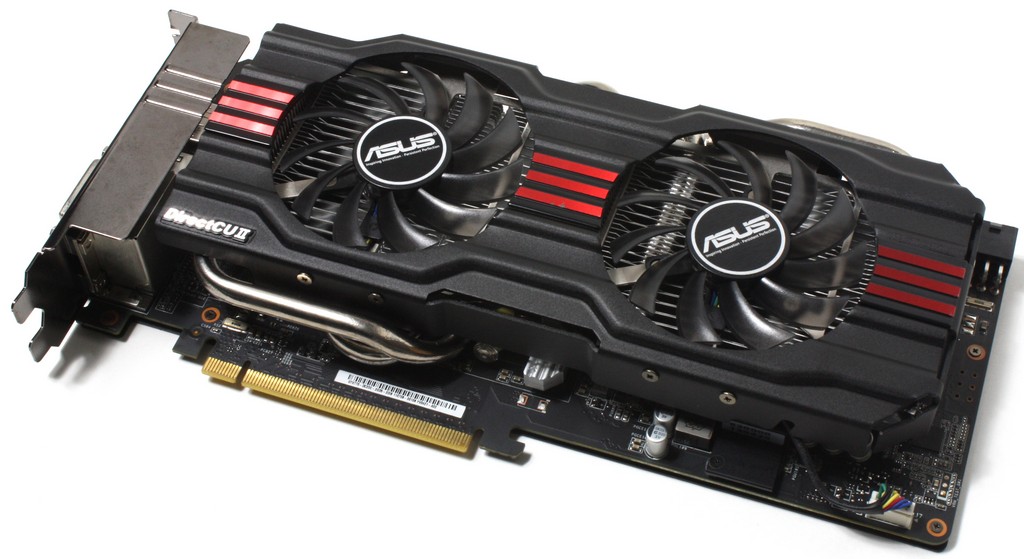


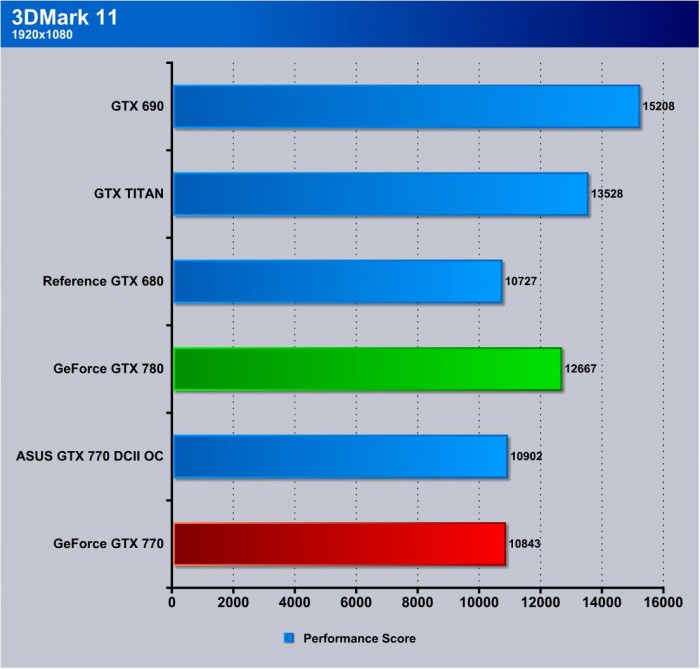
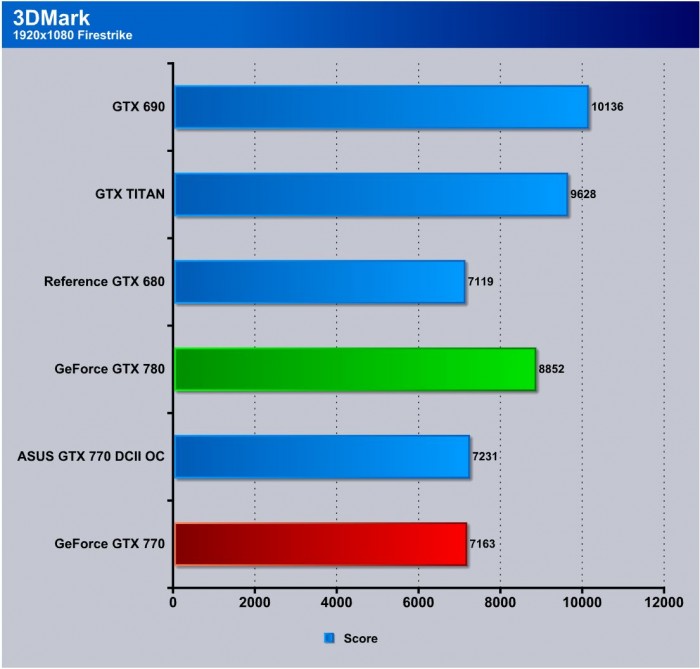
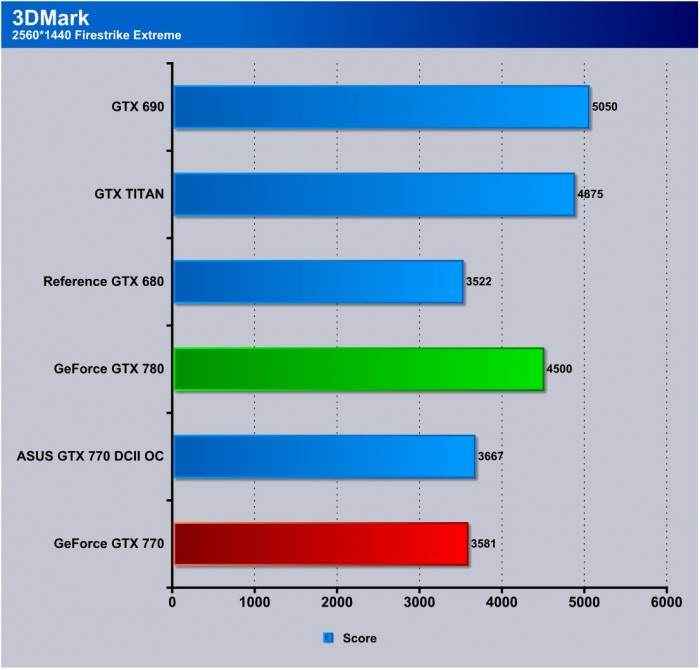

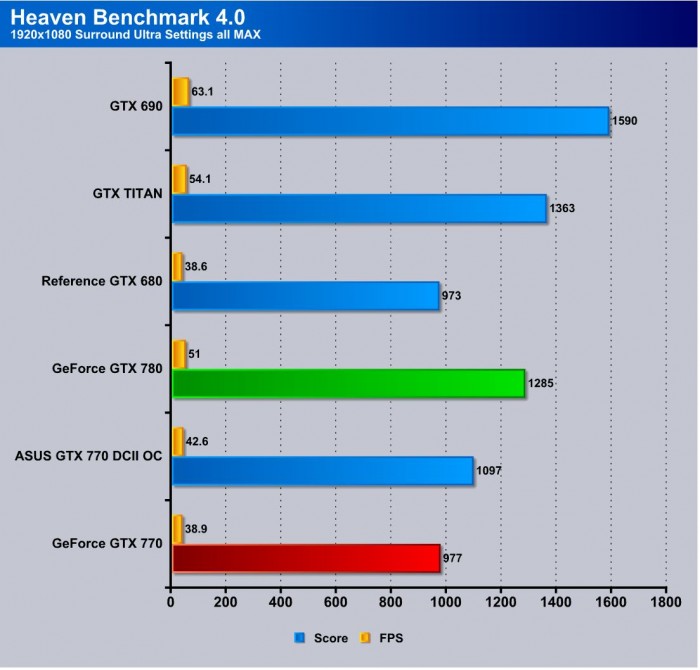
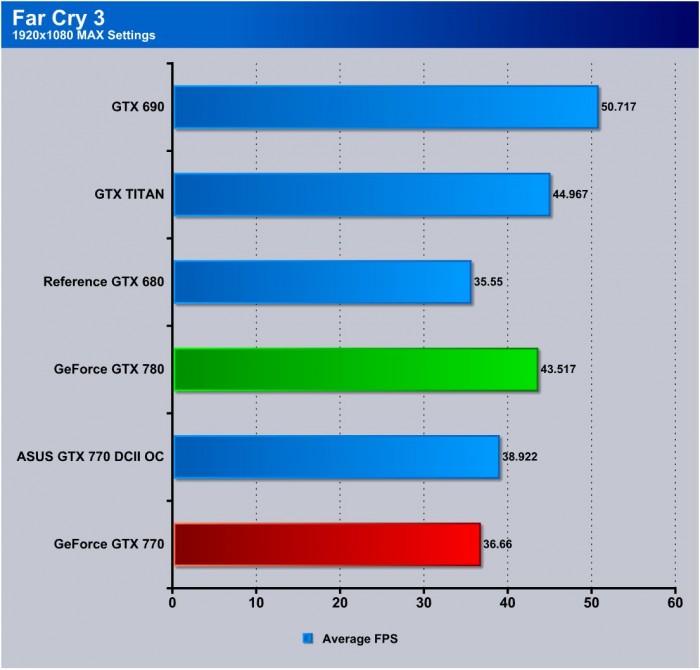

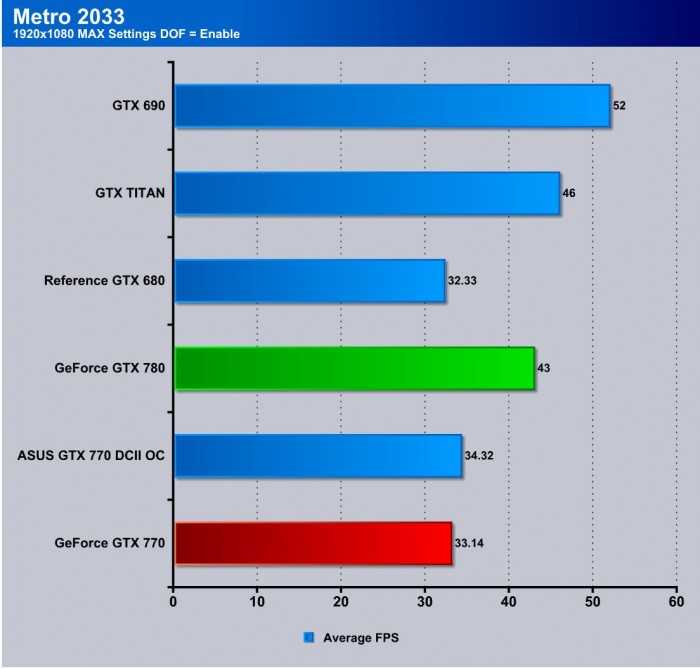
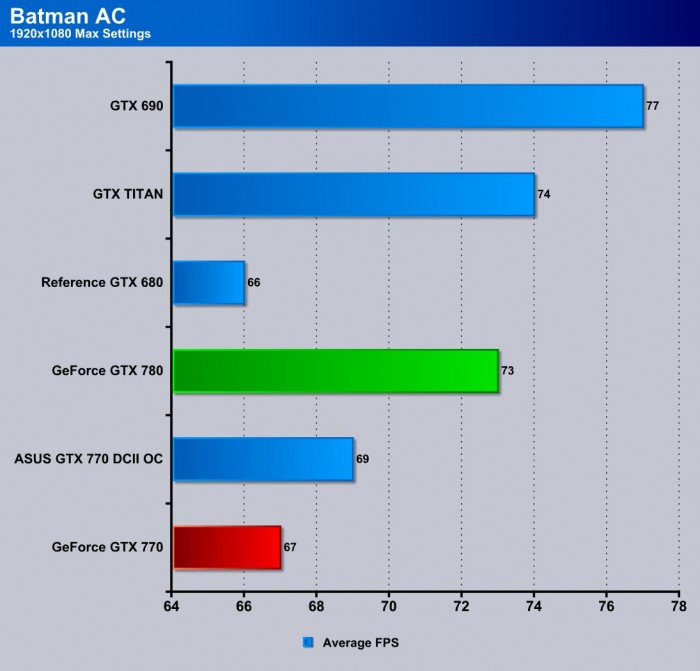
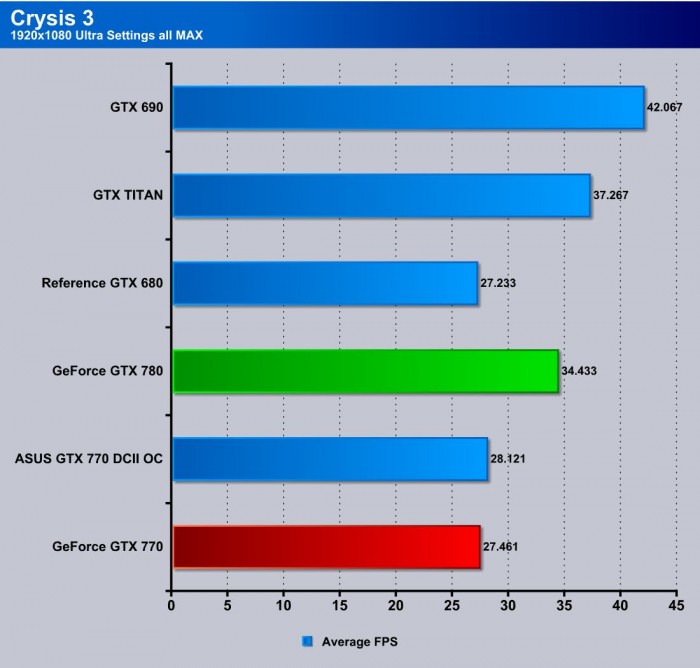
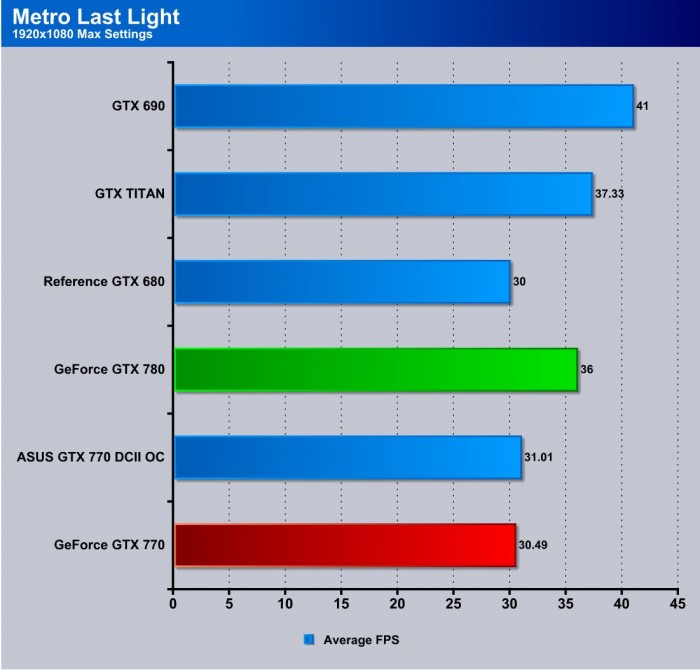
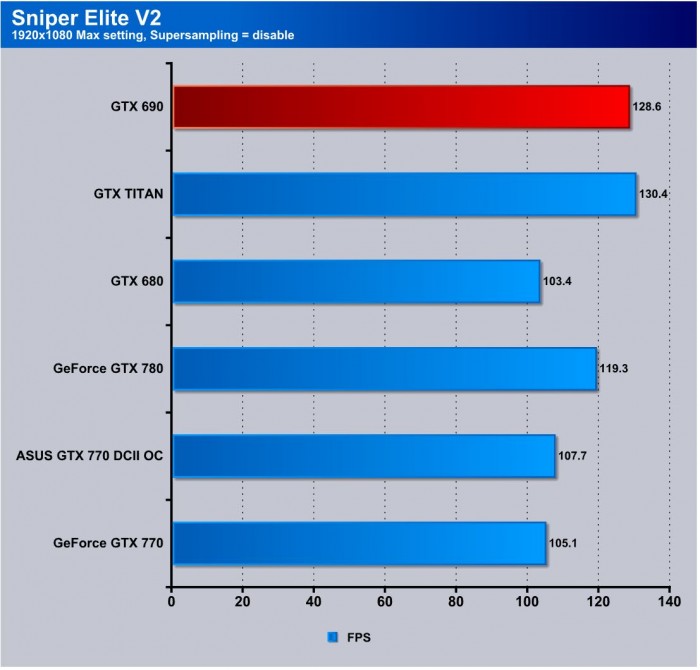

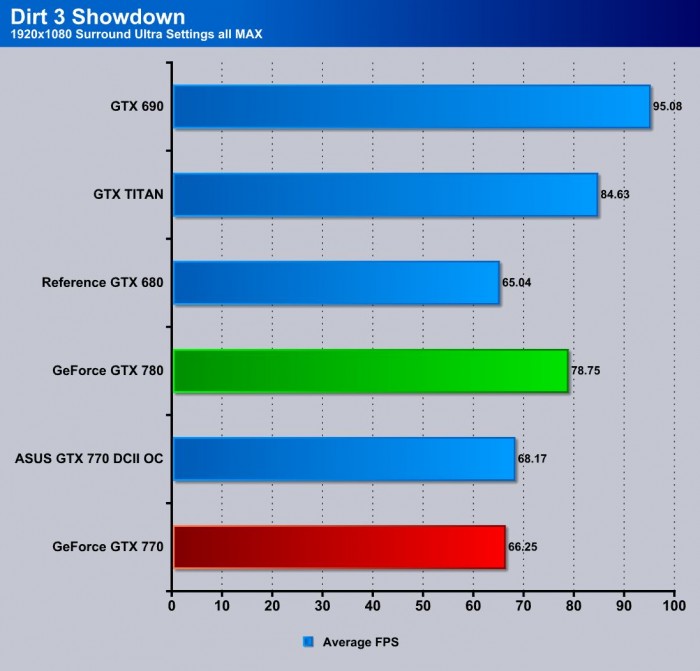


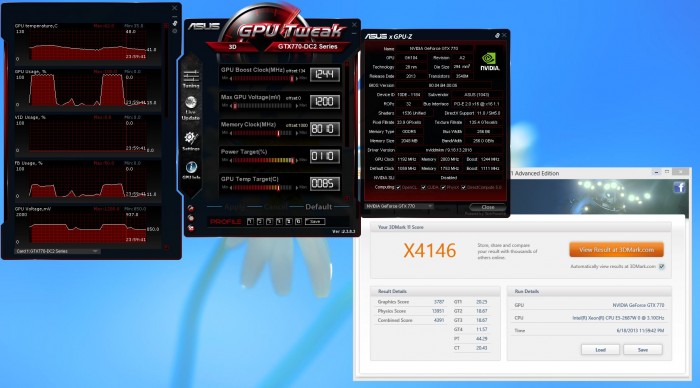











Thanks for the overview! Found your article after buying this card and I cannot wait to OC the hell out of it :).